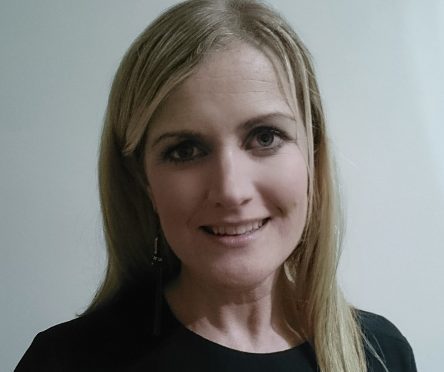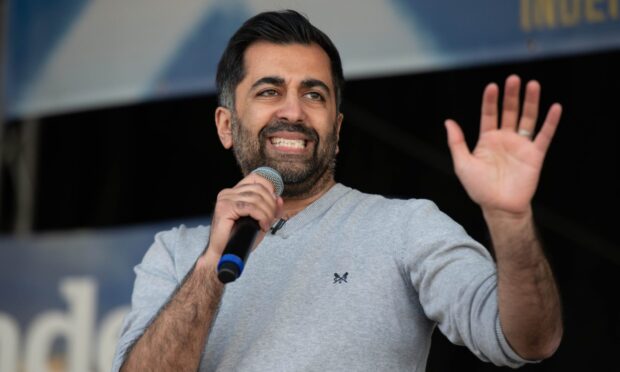On inequality, Scotland is awake but still beneath the covers.
We need action to create an economy that works for us all.
This week, people all over the world have been trying to get their head around a startling statistic released by Oxfam. Eight billionaires now own the same amount of wealth as the poorest half of the world’s population. This means that a group of people small enough to sit in a golf buggy control more financial assets than 3.6 billion people.
Oxfam’s report (revealing that the gap between rich and poor is even greater than previously feared) on global inequality figures comes as the world’s richest and most powerful individuals gather in the Swiss resort of Davos.
Oxfam cares about extreme inequality because our work across the world and a growing body of research evidence show that it is a barrier to reducing poverty. While it is good news that the number of people living in extreme poverty has decreased in recent decades, around 700 million more people could have escaped extreme poverty if action had been taken to reduce the gap between rich and poor.
The extreme economic inequality challenge is global, but action to tackle it is needed at national and local level too.
Poverty remains a huge problem across Scotland. In the relatively wealthy city of Aberdeen, one in five children live in poverty. There is even inequality within the city – in the Aberdeen North constituency, 15.7% of children live in poverty, whereas in Aberdeen South, it is as high as 23% (close to one in four children living in families struggling to get by). Rural poverty is also a real issue. In Caithness, Sutherland and Easter Ross, 23% of children live in poverty.
The good news is that some foundations for a fairer Scotland are being laid. A Poverty and Inequality Advisor is now in place and there’s cross-party support for the Living Wage. The Scottish Government has also committed to establishing a Poverty and Inequality Commission.
Scotland is awake to the challenges of inequality and poverty – but it’s still hiding under the covers. We urgently need action that will allow us to move towards a new type of economy, a more human economy that truly serves the interests of all us and not just the wealthy elite.
You can find out more about Oxfam’s report here:
http://www.oxfam.org.uk/scotland/blog/2017/01/eight-people-own-same-wealth-as-half-the-world-scotland










